
November seems to be the month for exciting things in the world of film preservation. Last year, Martin Scorsese released Hugo, a lovely film that was just as much about the value of George Melies’ films as it was the titular character. This year, Alfred Hitchock fans are in for a treat.
Although Hitchcock, the recently released film about the making of Psycho, has been drawing in decidedly mixed reviews, the National Film Preservation Foundation has successfully restored part of The White Shadow, Hitchock’s earliest surviving film. The film, a 1924 melodrama that Hitchcock wrote, edited, assistant directed and headed the art direction for, is streaming for free here for the next two months.
The White Shadow is very much a work of its time. Its silent actors are far more physical than most of their modern contemporaries, and communicate more through body language and gesture than the intertitles. Its central conflict springs from values that were far more common in 1924 than 2012, particularly in regards to how young women were expected to behave. Its staging is still somewhat static, and its camera is used more as a tool to take in everything than to direct the eye or convey a mood. This makes it rather frustrating to watch at times, particularly when its antiquated and rather horrible gender politics take center stage.
The central heroine, Nancy (Betty Compson) is explicitly described as “soulless” throughout the picture. Although some of her actions are quite cruel, such as her tricking her hapless suitor Robin (Clive Brook) into thinking her chaste twin sister Georgina (Compson) is her, she is condemned more for smoking, drinking, gambling and not immediately obeying her father’s every word. These outdated, sexist ideals mix with the melodrama inherent in a story that involves multiple cases of mistaken identity and people’s perception of each other to create a piece that is frequently baffling.
But as frustrating as The White Shadow can get, it is still quite exciting. However ridiculous the premise might be to a modern audience, Alfred Hitchcock and director Graham Cutts build it well. When Nancy is glimpsed partying in France by a friend of Robin, who has in fact been dating Georgina, and both make their way to Nancy’s preferred club at the same time independently of each other, the suspense is legitimate. Both scour the club, Georgina noticing Robin, but he not noticing her. And then Nancy waves a triumphant hello to the club at the top of the stairs.
The film cuts out there, as the last three reels of The White Shadow remain lost. It is frustrating not only for the fact that the story is incomplete, but for the fact that Hitchcock and Cutts have built up considerable tension through their editing of the scene and Georgina’s genuine love for Robin. As ludicrous as The White Shadow‘s premise is today, Hitchock’s broad character work is still quite solid. Impressively thick and impossibly pure though Robin and Georgina may be, their loving embrace does not feel forced. It plays well in context because it is well written and well acted, even if the material that led to it is not as effective. And then there is the cinematography.
Although there are many scenes in The White Shadow that display the flat staginess silent film carried with it, there are moments of great beauty. The first establishing shot of the twins’ mansion conveys its vast space and nestles it in the camera’s eye in a way that it looks both impressive and comforting, a great house that is still a home. The close-ups on Nancy as she enjoys life in France give Compson a chance to do some impressive work with expression and create a striking moment that sums up Nancy’s character in an instant. The final surviving shot of the film, Nancy waving at the top of the stairs, is striking not just for how the camera draws the eye to Nancy, but for how it uses the space of the stage; Nancy stands at the top of a staircase, occupying most of the frame, but with the camera angled up the stairs, putting her at the center of the film’s world. Even in its damaged condition, it is impressive.
As a film, The White Shadow is an up and down experience. For every moment of creative camera work, there is a static shot that flattens the world of the film. For every honest emotional moment, there is yet another reminder that Nancy is soulless and evil because she will not obey her father and submit. But as a piece of history, it is tremendously exciting. Here is the earliest surviving work of one of the great filmmakers, a time capsule of his creative style that offers insight into how it developed over the years. Here is a work by Graham Cutts, one of Hitchock’s mentors, and though the student’s skill far outshines the master’s, it is still exciting to see. Here is a work from a bygone era, and while it may not be perfect, it is worth preserving for the insight it offers into the history and craft of filmmaking. If nothing else, Alfred Hitchcock‘s filmography is a bit more complete now, and that in itself is something to celebrate.



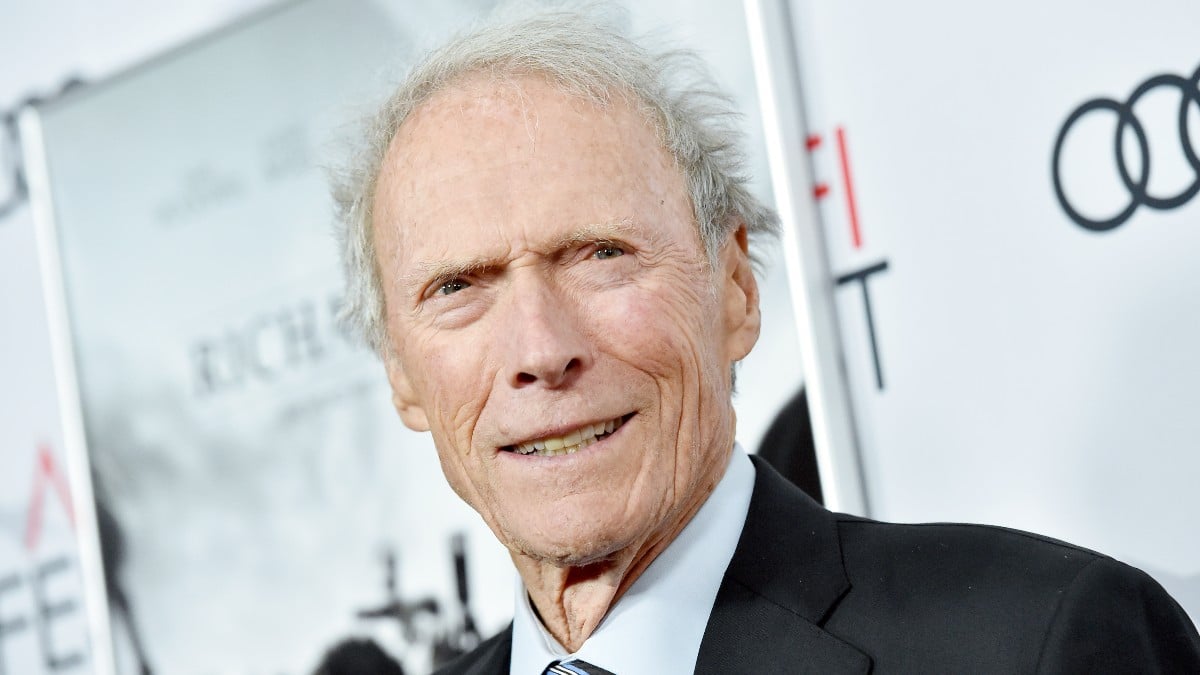
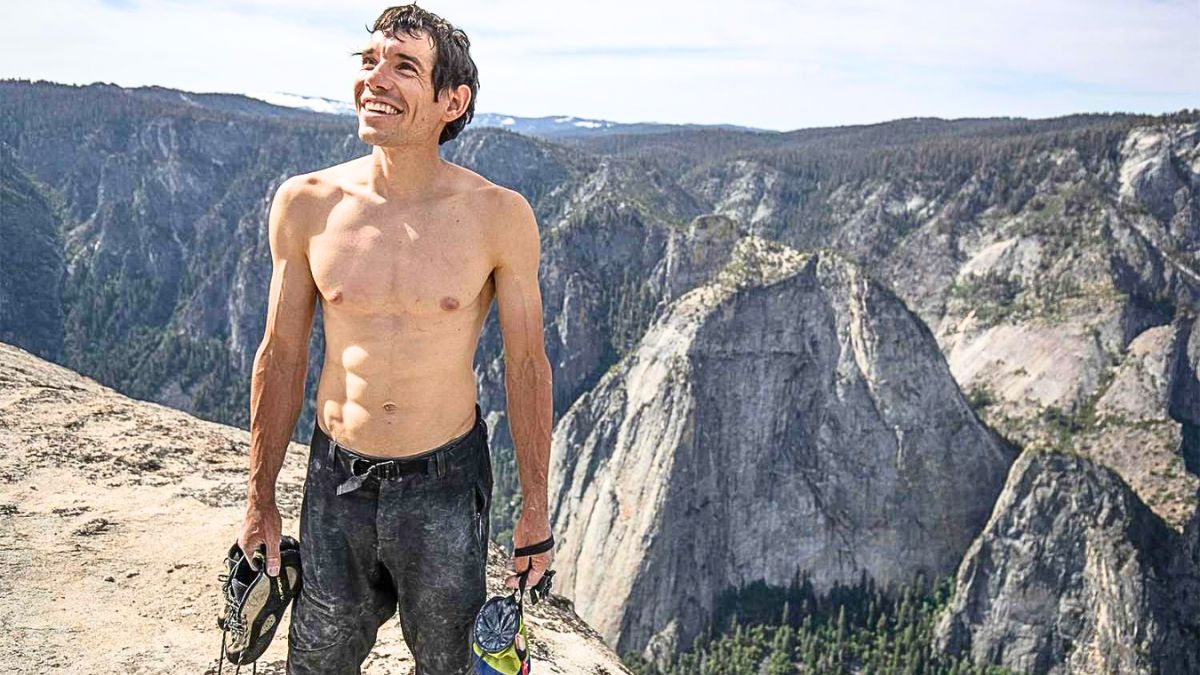
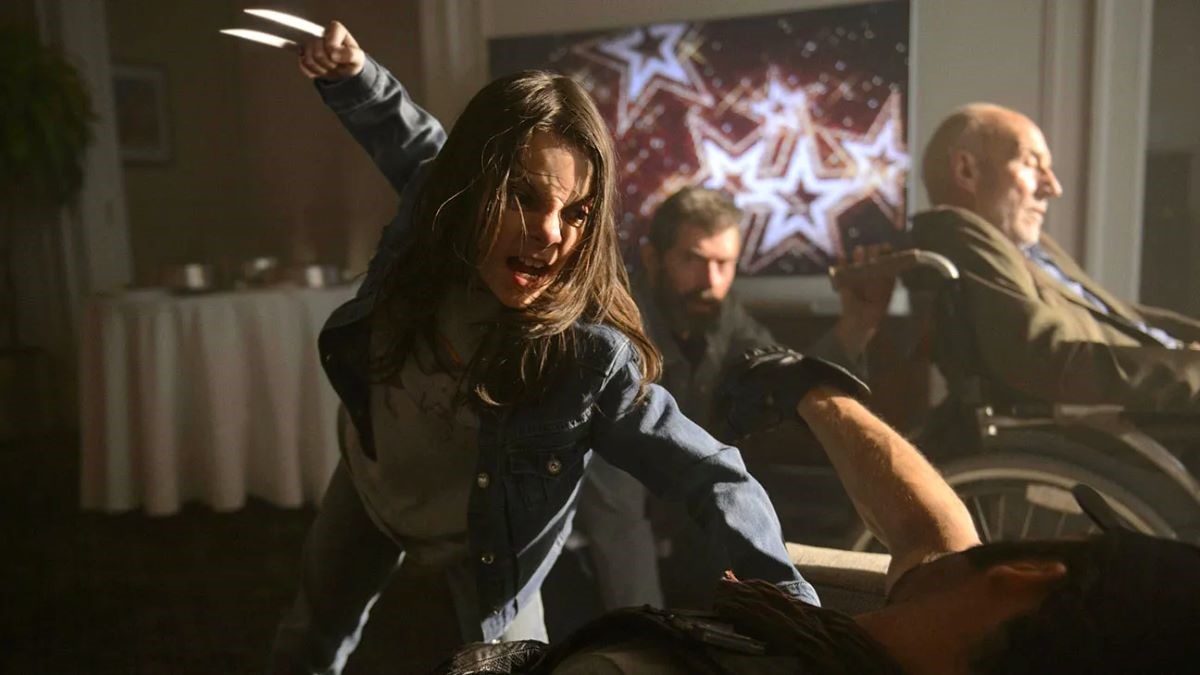
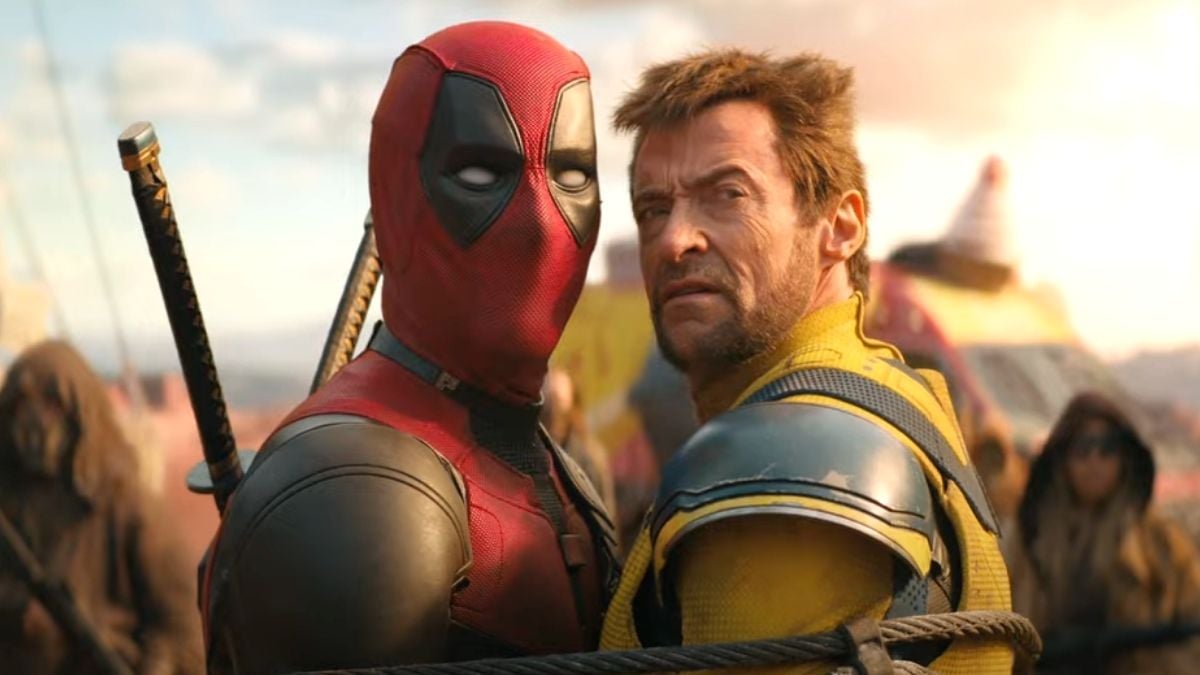
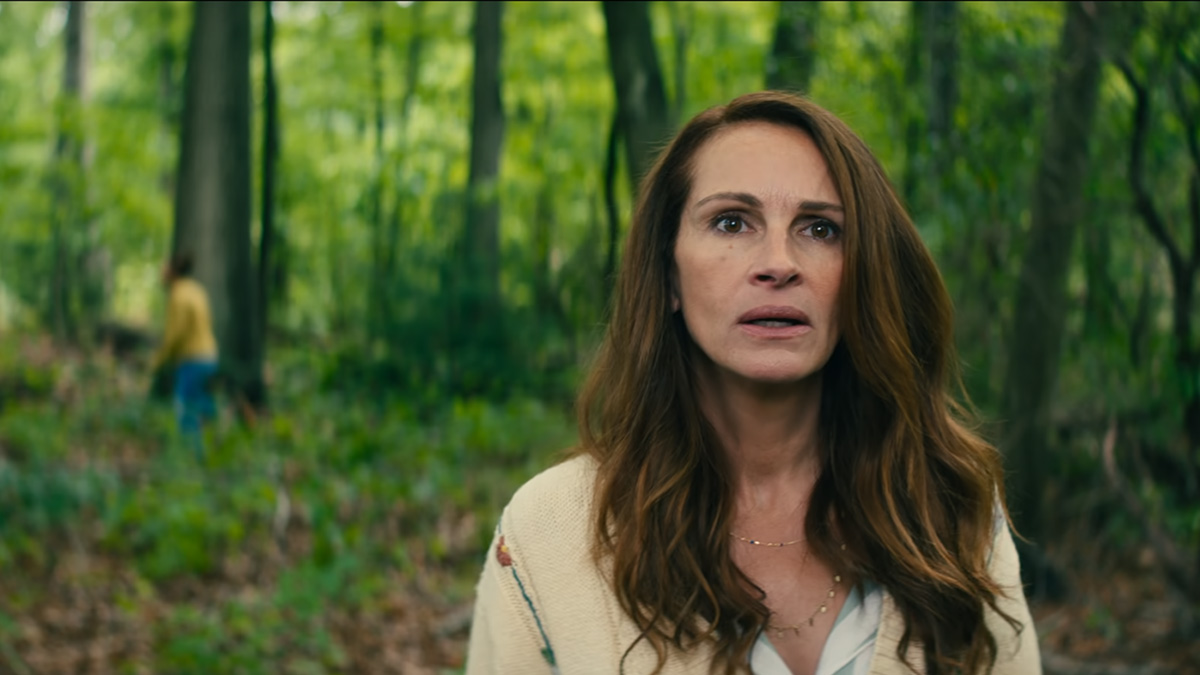
Published: Nov 26, 2012 07:32 pm